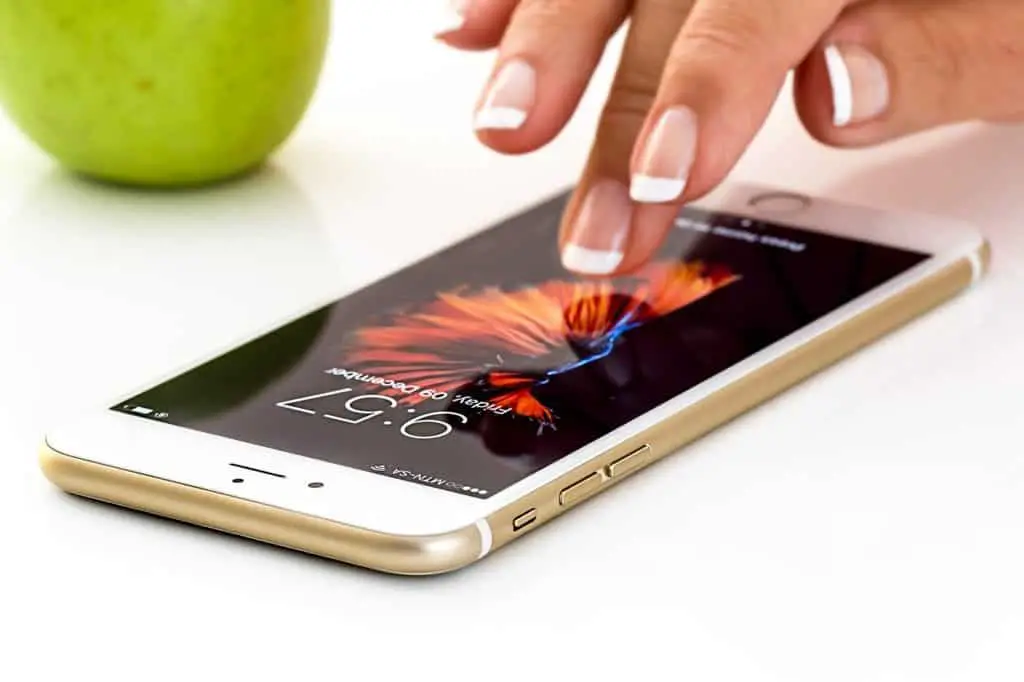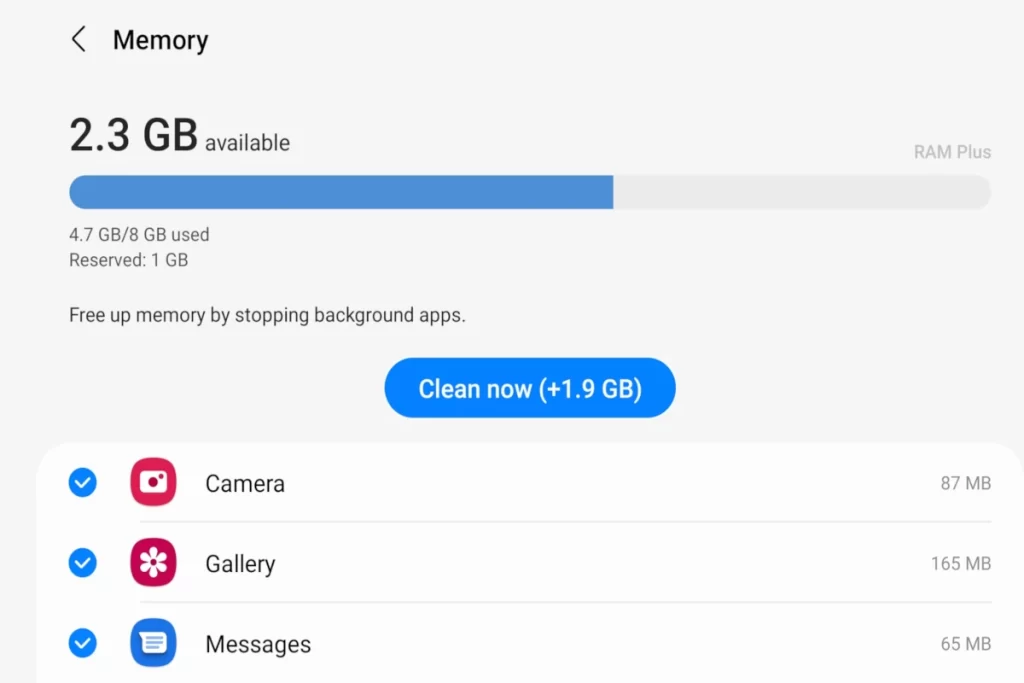You might be seeing the term “Unlocked”, “SIM Unlocked” or “Factory Unlocked” when looking at your cell phone buying options, be it used, refurbished, or brand new.
Unlocked phones don’t come with pre-configured embedded SIM (eSIM) or removable SIM (nano-SIM, Micro-SIM, or regular SIM) cards, which gives you the freedom to move to different carriers whenever you want. You can use any SIM type to activate the network on your phone from any compatible network provider.
An unlocked phone can never be tied to any particular network provider and remains permanently SIM unlocked. Also, removable SIM cards themselves could become obsolete in the future.
Saying that SIM cards have been making phone calls more convenient since the 1990s.
This guide will help you learn about SIM cards, the benefits of an unlocked phone, and the ever-changing phone network technology.
3 SIM Card Facts
A SIM card is a tiny phone component that contains important data for your phone. SIM is short for “subscriber identity module”. The German company Giesecke and Devrient developed the first SIM card in 1991.
1. How does a SIM card work?
Today phone uses various SIM types to connect to a phone network e.g embedded SIM (eSIM) or removable SIM (nano-SIM, Micro-SIM, or regular SIM) cards
The phone network creates a unique account for that phone in order to make calls, send text messages, and perform other network services.
Information about how often you use these services is tracked on the account.
The SIM card also uses an international mobile subscriber identity to create a unique phone number. This IMSI allows the phone network to recognize your specific phone.
Before SIM cards came into existence, you would have to type in the identifier and access code whenever you made a call.
Phone network companies set up phone towers all over the world. These towers allow you to make calls anywhere you can get a signal, even to people without phones on the same network as you.
2. Size of SIM cards
SIM cards are developing along with any other kind of technology. Some SIM cards are as big as 15mm by 25mm but the tiny nano-SIM card is only 8.8mm by 12.3mm. It’s hard to find the credit card size SIM card now with all the minuscule options available.
While these petite pieces of technology are convenient to use, they can be easy to lose. Removing them from the SIM card slot in your phone can also be tricky. You often need to find a small enough tool to open the slot without breaking your phone.
3. The future of SIM cards
Unlike removable SIM cards, an eSIM is embedded directly into a phone which can be configured. You can’t take an eSIM out which would be perfect if you find yourself losing SIM cards. These 6mm by 5mm embedded devices require activation to connect you to a phone network.
In theory, you could have as many phone lines as you want with an eSIM. You wouldn’t need a different phone to separate your business and personal life. You could roam the world on different data plans without constantly swapping out SIM cards.
Apple has been innovating in the SIM space – learn which size SIM card your iPhone or iPad uses.
Why Would You Want an Unlocked Phone?
The global system for mobiles, or GSM, is used throughout the world for cellular phones.
If you have a GSM unlocked phone, you can use it on any network that supports GSM technology.
Let’s say you take your GSM unlocked phone to a different country on a business trip. You won’t want to build up expensive international data fees.
You can easily take out your SIM card and rent one to connect you to the local phone network for your time in that country.
The code division multiple access system, or CDMA, can complicate this process. Some networks use this system instead of GSM.
CDMA phones stored the information a SIM card usually held on the phone itself. These CDMA phones didn’t work on GSM networks.
Now more and more CDMA phones use a removable user identity module or R-UIM. This technology makes it easy to switch CDMA phones without losing important data.
Make sure you check your cell phone’s compatibility when you sign up for a phone network. Certain factory unlocked phones, like the Nexus 5X, were built to be compatible with GSM and CDMA networks.
So below are the benefits of an unlocked phone:
- You are not tied to any expensive contracts
- You can easily switch network providers and shop around for the best deal
- You can travel abroad and swap with a compatible local to save roaming charges
- The resale value of your phone also goes up if your phone is SIM unlocked.
- You can easly hand down the devices to your familiy members
Future of Cell Phone Technology
Many cell phones now are being created with eSIM technology. You can purchase an unlocked phone such as the iPhone 11 with the ability to work with any network carrier. Buying a locked phone that is set up to work for one specific carrier is still an option, but for how long?
Phone networks are turning away from GSM and CDMA systems and their 2G and 3G capabilities. Verizon plans to end its 3G CDMA network by the end of 2022.
Once this happens, Verizon CDMA phones will no longer be able to make phone calls, send text messages, or use data. These phones could still connect to Wi-Fi if the phone has the capability, but it would be less of a phone and more of a computer.
Newer smartphones are using voice over long-term evolution, or VoLTE, for voice calls and text messages. Phone networks are telling their customers to upgrade to their various devices so they can end their reliance on GSM and CDMA systems.
Phone network companies are already using 4G/LTE networks and keeping their eyes on the developing 5G technology. Right now, 133 countries are pursuing 5G networks. A 5G network can access the internet 10 to 100 times faster than a 4G network.
South Korea was the first country to introduce a 5G network for its citizens. Phone manufacturers are working around the clock to produce more smartphones to handle the 5G technology.
Conclusion
It’s challenging to find an old unlocked phone with a SIM card, but more and more unlocked smartphones are being built with an embedded eSIM. Our constant global travel makes unlocked phones with digital technology a necessity. Hopefully, this guide will make you excited for the future of phone technology.
If you have a SIM-locked phone and would like to unlock it please click here!
Sources
The Conversation: How do SIM cards make a phone work?
Phys org: Why the SIM card has had its day
Science Direct: Global System for Mobile Communication
NIST Technical Series Publications: Guidelines on Mobile Device Forensics
Statista: 3GPP-a-mobile-connected-world: the story of unconnected




